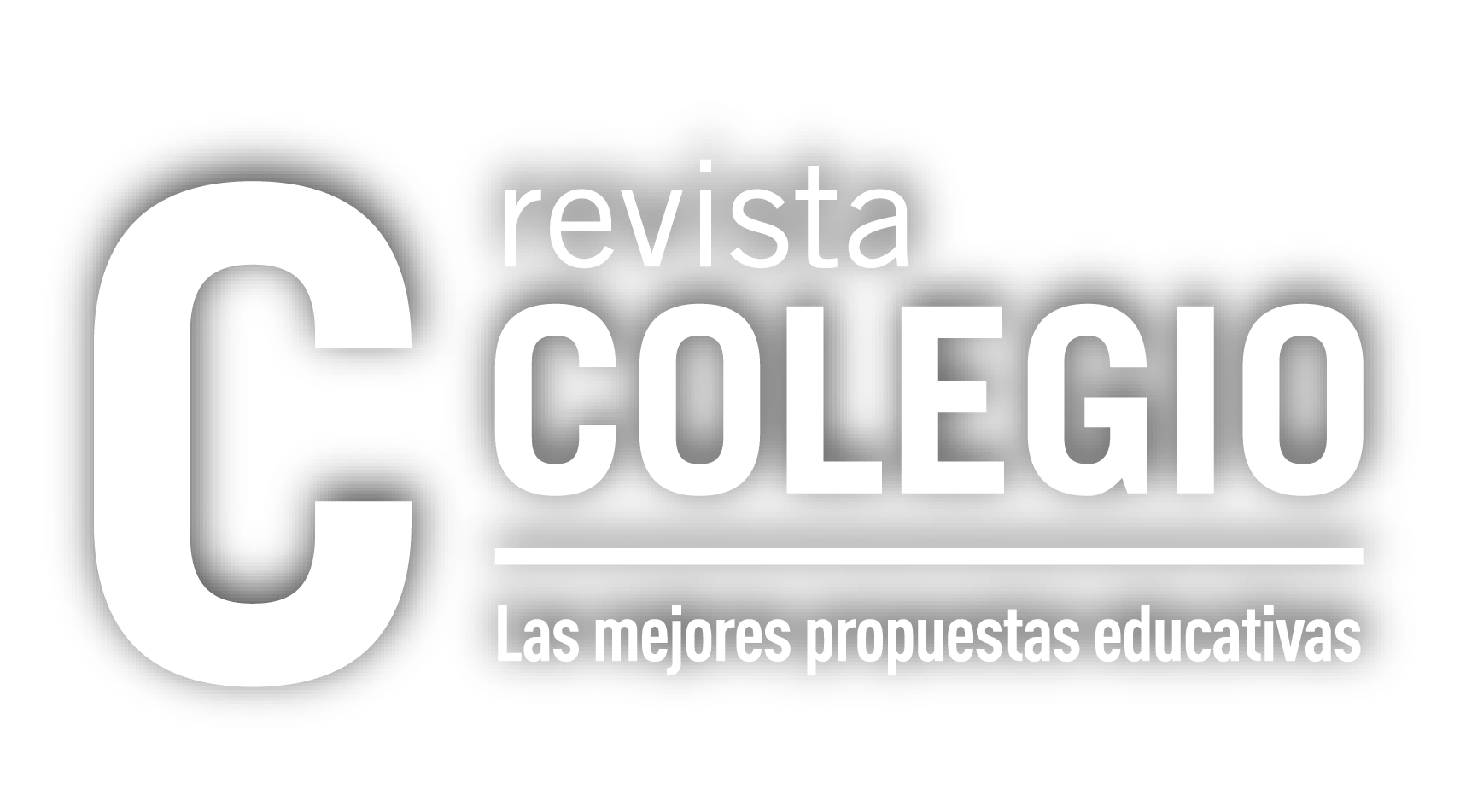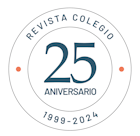
The International School of La Lucila carries out an inclusive physical education program for students with specific learning needs.
Learning in a diverse environment is beneficial to an educational community. The diversity of Lincoln, La Lucila’s international school, is not only reflected in the multitude of nationalities and cultures in its community but also in the different needs of its students. It is a new perspective, where inclusion drives and stimulates academic excellence. Lincoln carries this vision in the classroom and on the athletic field.
Physical education is a right and an essential part of the curriculum and student well-being. It is a priority that everyone can participate with independence and ease. “What makes Lincoln an extraordinary place is the continued effort to reduce barriers that exclude students from accessing both the physical and learning environment,” Sientania McNeil, director of Student Support Services at Lincoln, explains.
Lincoln has adapted its facilities, equipment, and methods to provide a physical education program that is responsive to the motor, physical, and cognitive needs of each student. The school has learning support teams to provide personalized assistance for children in all grades. This includes certified teachers experienced in specific learning needs and counselors who help integrate the training of all students.
“I organize sporting events and trips, in which the inclusion of students with disabilities has always been the goal. Including everyone motivates learning, enhances the experience, and increases the enjoyment of group experiences,” Silvia Mondria, Physical Education Teacher and Coordinator of Elementary School After School Activities describes. In her 28 years as a teacher at Lincoln, she has accompanied students with a wide range of learning needs: autism spectrum disorders, Down syndrome, and various motor disabilities.




But what are the keys to inclusion in physical education? Lincoln’s professionals highlight six factors.
1- Accessible Facilities
Lincoln has ramps, modified spaces for sensory needs, and alternative sports equipment to ensure the circulation of all students. They have also implemented the use of technological tools such as the Exercise Buddy App. With it, students choose and take movement breaks during Physical Education and within the regular school day.
2- Individualized Support
Lincoln provides individualized or small-group instruction tailored to the specific needs and abilities of each student to focus on skill development and mastery at the individual’s pace. Offering individualized support and customized sports equipment allows learners to reach their full potential.
“Personalized modifications to activities and access to specialized resources are key to our program,” Barbara Tissera, Physical Education Assistant in Elementary School, unpacks. Since 2007, she has accompanied Lincoln students with autism spectrum disorder, attention deficit hyperactivity disorder, Down syndrome, spasticity, spina bifida, cerebral palsy, and different disabilities.
Trained in Counseling and with a degree in Physical Education, Tissera leads her classes with a holistic and integrative approach to physical education. “Because of this integration, I am able to cater to the individual needs of students, including those with special requirements, ensuring that all children have the opportunity to thrive,” she says.
3- Flexible Programs
Adapting exercises to accommodate different abilities and ways of learning promotes the equal participation of all students. Lincoln has a curriculum that responds to this learning by adapting play areas, simplifying exercises, adjusting activity rules, and changing sports equipment, such as the use of lighter balls.
Despite the program’s flexibility, it also includes certain guidelines. “Structured routines and predictable procedures help students feel more comfortable and confident, reducing anxiety and encouraging participation,” Silvia Mondria says.
“Adding visual cues is especially beneficial for learners with cognitive or sensory impairments,” Tissera adds. Task cards and visual instructions provide clear, concise directions; and demonstrations and verbal prompts help learners maintain focus and understand task expectations.
4- Encouraging participation
Inclusion is not only about adapting facilities and teaching methods but also about ensuring a sense of belonging. Lincoln promotes the active participation of students with specific needs in Physical Education activities, emphasizing their strengths and abilities to promote physical well-being from a holistic approach, thus ensuring equal opportunities for all students.
But the support must not only be provided by teachers but also by the whole class. The key, says Silvia Mondria, is peer support: “We encourage pairing students with disabilities with peers or mentors who can provide encouragement, assistance, and social support during physical education activities.” Tissera adds: “Inclusive teaching strategies ensure that all students can participate meaningfully.” It’s about highlighting abilities over disabilities and celebrating achievements to build confidence and motivation, allowing students to fully engage in activities.
5- Trained Staff
“Integrating students with disabilities into physical education classes can be motivating and challenging. This underscores the need for ongoing training and resources to implement inclusive practices and curriculum development,” Nicolas Puricelli, an Elementary School Physical Education Teacher, shares. At Lincoln, everyone is a learner, including teachers. Ongoing training increases adaptation knowledge and strategies, as well as ensuring continued growth in inclusive teaching and awareness of diverse needs.
6- Collaboration
The diversity in Lincoln’s student body also exists in its faculty. Collaboration between physical education professionals, special education teachers, therapists, and other specialists ensures coordinated support for the overall development of learners.
“Open communication and collaboration among all team members leads to learners’ development not only in physical education but all school areas,” Tissera explains. Through collaboration, it is possible to build an environment that positively reinforces students and recognizes their efforts; something that increases motivation, self-esteem, and a sense of achievement.
Inclusion for academic excellence
“Inclusion must be comprehensive and involve the entire school community, including parents, teachers, students, and administrators,” Purichelli reflects. Open and ongoing communication among Lincoln professionals builds an environment where every student feels valued, supported, and empowered to participate fully in physical activity.
“I think it’s crucial to reconsider both the structure of schools and the educational system,” Puricelli shares. This desire for a future where the system is inherently inclusive of all students, regardless of their needs, aligns with Lincoln’s vision of cultivating a supportive and just learning environment; recognizing that the greatest strength and potential lies in diversity.






Notas Relacionadas
Landesweite Tagung 2025: la transformación digital en las instituciones educativas
El Polo Educativo Pilar renovó sus autoridades por dos años
Llega la 10a edición de la Competencia Argentina de Tecnología (OATec)